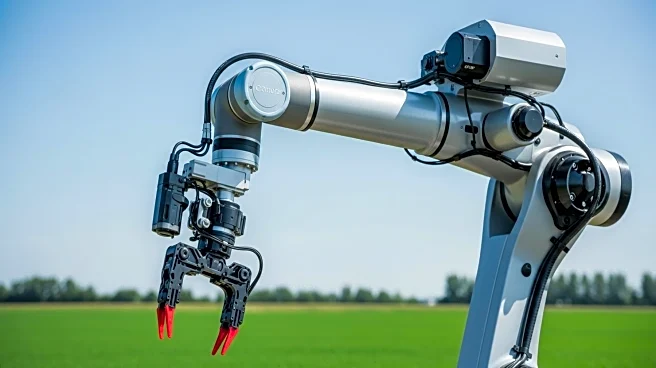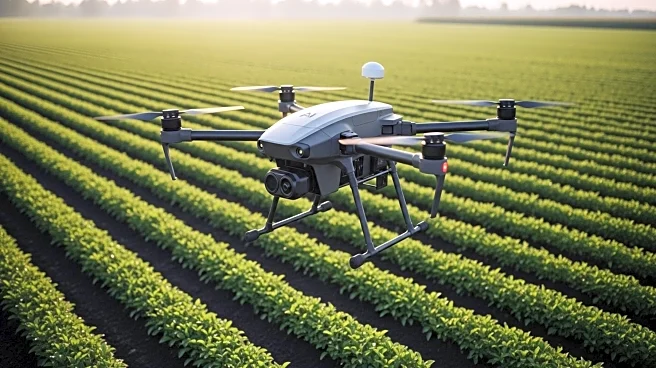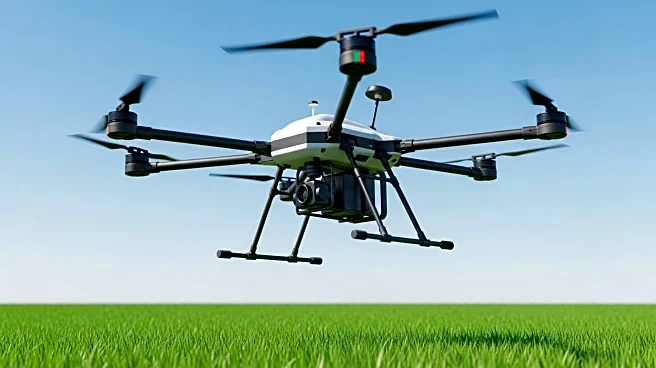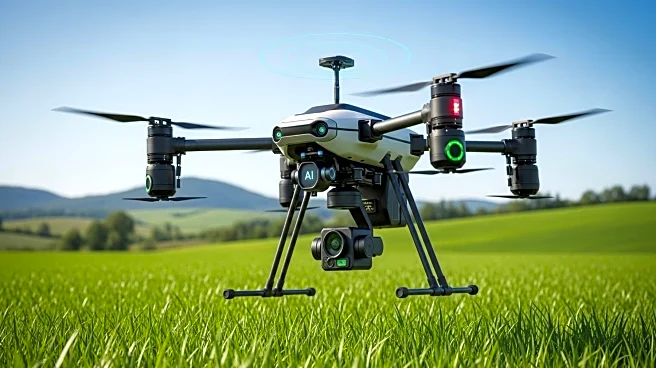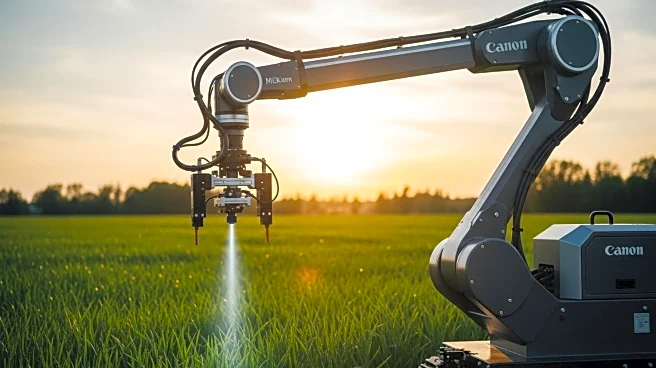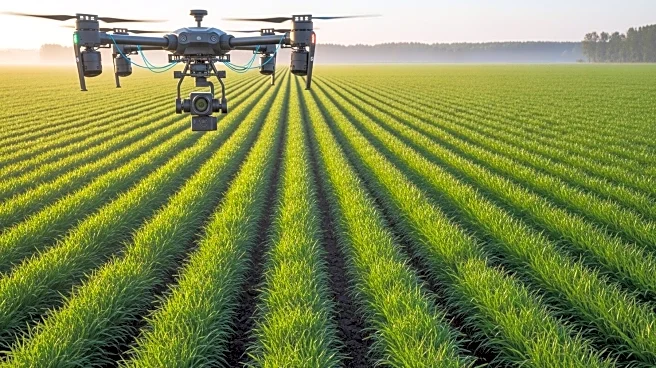What's Happening?
The United States Smart Agriculture Market, valued at USD 22.6 billion in 2022, is anticipated to reach USD 35.4 billion by 2031, growing at a compound annual growth rate (CAGR) of 5.8% from 2024 to 2031. This growth is driven by advancements in agricultural technology, including precision farming, remote sensing systems, and smart greenhouses. Key players in the market, such as John Deere and AGCO, are investing in automation and precision platforms to enhance productivity and address labor shortages. The market is also seeing strategic mergers and acquisitions, as well as increased funding for innovative agricultural technologies.
Why It's Important?
The expansion of the smart agriculture market is crucial for addressing the challenges of food security and sustainable farming practices in the U.S. As the agricultural sector faces labor shortages and environmental pressures, the adoption of smart technologies can lead to more efficient resource use and higher crop yields. This growth not only benefits farmers by reducing operational costs but also supports the broader economy by enhancing food supply chains. Additionally, the integration of technology in agriculture can lead to new job opportunities in tech development and maintenance, further stimulating economic growth.
What's Next?
As the market continues to grow, stakeholders can expect increased collaboration between technology companies and agricultural producers. This may lead to further innovations in areas such as autonomous farming equipment and advanced data analytics for crop management. Government policies supporting technological adoption in agriculture could also play a significant role in accelerating market growth. Companies that leverage these trends are well-positioned to capture emerging opportunities and maximize revenue potential.
Beyond the Headlines
The shift towards smart agriculture also raises questions about data privacy and the digital divide in rural areas. As farms become more reliant on technology, ensuring secure data management and equitable access to these innovations will be critical. Additionally, the environmental impact of increased technology use, such as energy consumption and electronic waste, will need to be addressed to ensure sustainable growth.


